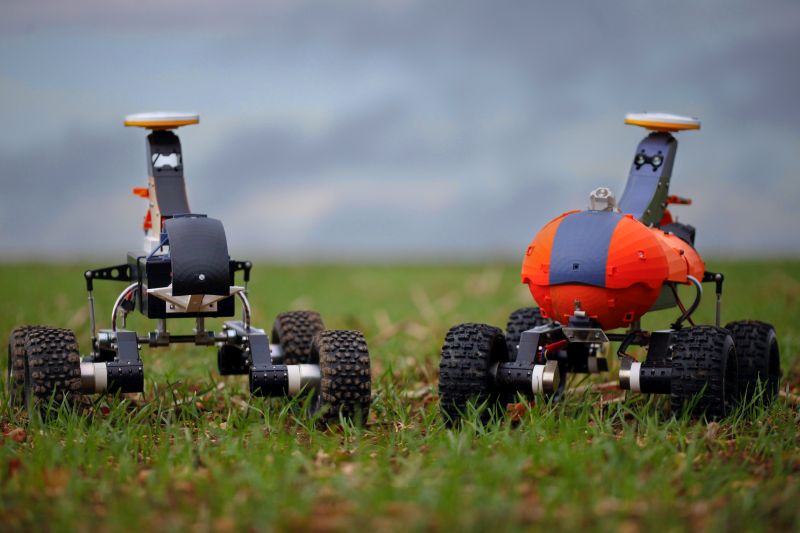
'Swarm robots' – small, simple and inexpensive machinery – could reverse the trend in agriculture towards ever bigger machines, an agri-tech expert has said.
These little workers could have benefits such as ensuring less damage to soil structure and greater precision for weeding and harvesting.
They behave autonomously, interacting with each other and the environment to achieve the desired outcome.
However, farmers may be left wondering how close this is to reality and what is needed to ensure their safe, responsible usage on-farm.
“Robot swarms will enable truly precise agriculture – targeted spraying of individual plants, and selective harvesting of crops that are actually ripe – rather than treating an entire field uniformly,” according to Alan Millard, Lecturer in Robotics at the University of Plymouth.
“Lab-based swarm robots typically feature sensors for obstacle avoidance, a pair of wheels for simple locomotion, the ability to communicate with other robots – such as via Wi-Fi or Bluetooth – and sometimes a gripper for manipulating objects in the environment.”
Mr Millard is among several experts who will be discussing swarm robotics at the forthcoming Agri-Tech East event in Cambridge on 25 April.
He is currently investigating methods of coordinating autonomous cauliflower harvesting robots in collaboration with Cornish food producers.
Swarm-sized robots
In an agricultural context, swarm robots can be applied to tasks such as soil and plant health monitoring, weeding, drilling, and harvesting.
And as they can work in parallel, they have particular benefits for large areas or for meeting tight deadlines.
The Small Robot Company and Earth Rover are companies with the closest examples of swarm-sized agri-food robots in the UK.
The Thorvald robot is also a promising new agricultural robot platform, which offers potential for use in swarm robotic systems due to its size and flexibility.
Mr Millard is also interested in the applications of robot swarms for soil and plant health monitoring, the use of image processing and the acoustic detection of pests.
He said that the benefits extend beyond reducing the size of vehicles and therefore minimising soil compaction and related issues such as pesticide runoff and diminishing yields.
He has worked on adaptive systems of maintenance and explains that swarms are also inherently robust as decentralised control means there's no single point of failure.
“They can also monitor each other’s behaviour and repair team-mates when faults occur, thus removing the need for human intervention,” Mr Millard explained.
'Early phases'
However, Clive Blacker, CEO of Precision Decisions, said that the farming industry is still in the early phases of robotics. Because of this, there is still uncertainty about the potential size of a robotic fleet.
“If we want more output from smaller machines we will need to work them for longer or need more of them,” Mr Blacker said.
“We are still very much in early phases of robotics in agriculture and unsure of the size of a fleet that may be needed to make it competitive. These are all questions we are trying to work out.”
He added: “However what is clear is that automation on-farm will occur in one stage or another and smaller robotic machines have some really compelling benefits, which will also need developing and exploring before the market is comfortable to adopt them.
“That said there is no lack of appetites or interest from farmers to know what this may look like in the future.”
A major report released in 2017 highlights how agricultural robots will become a $12bn industry by 2027.
